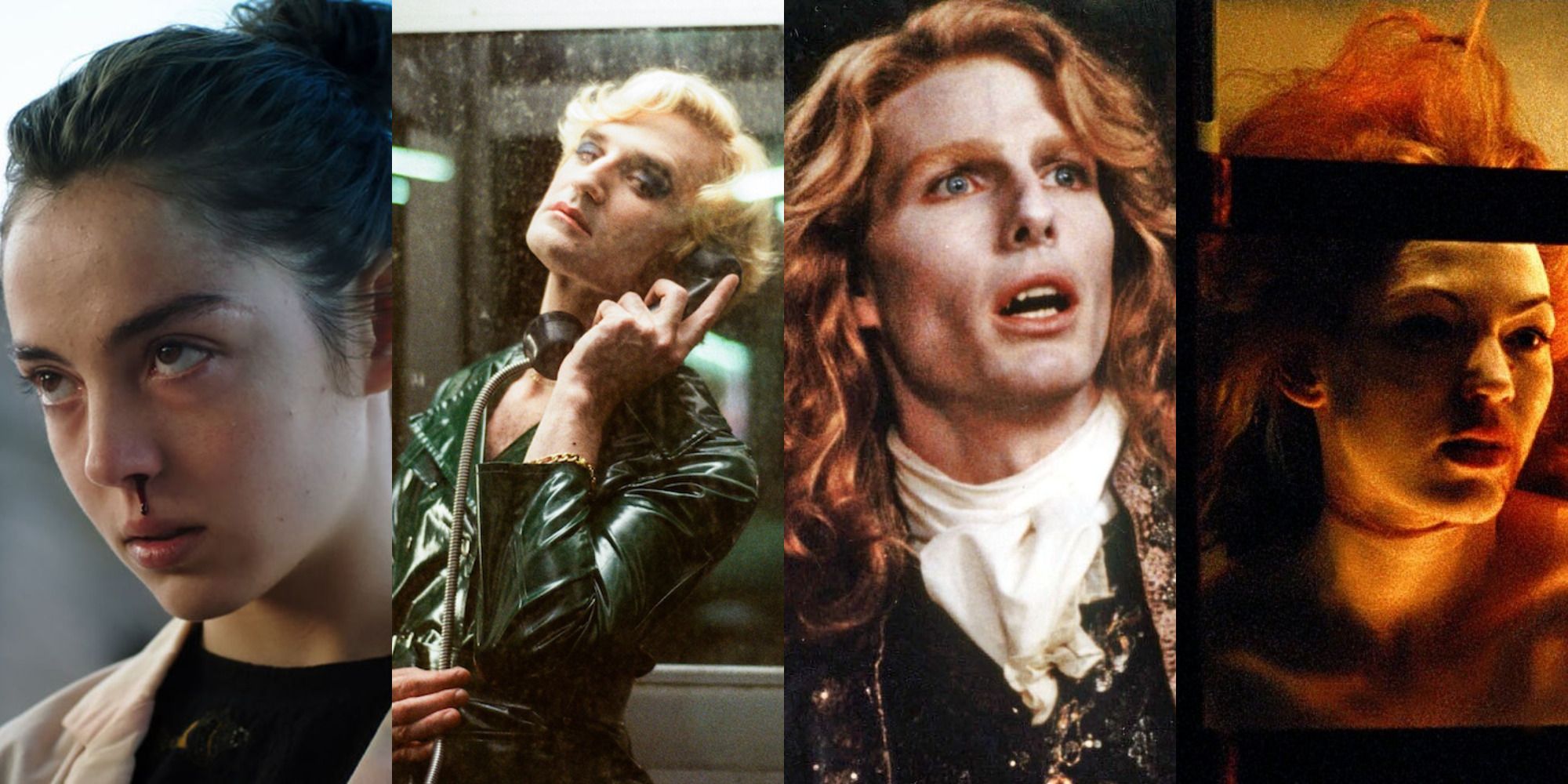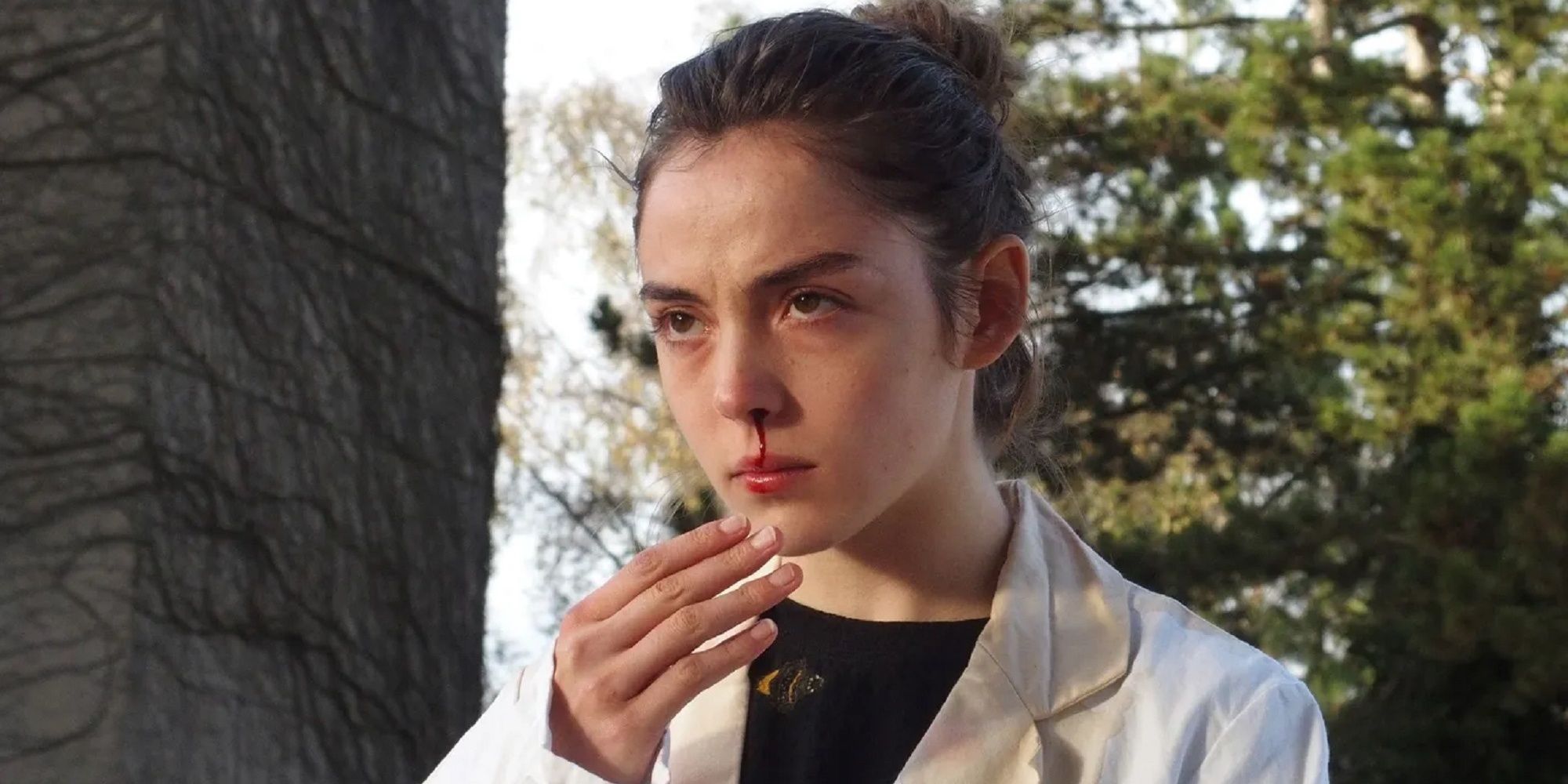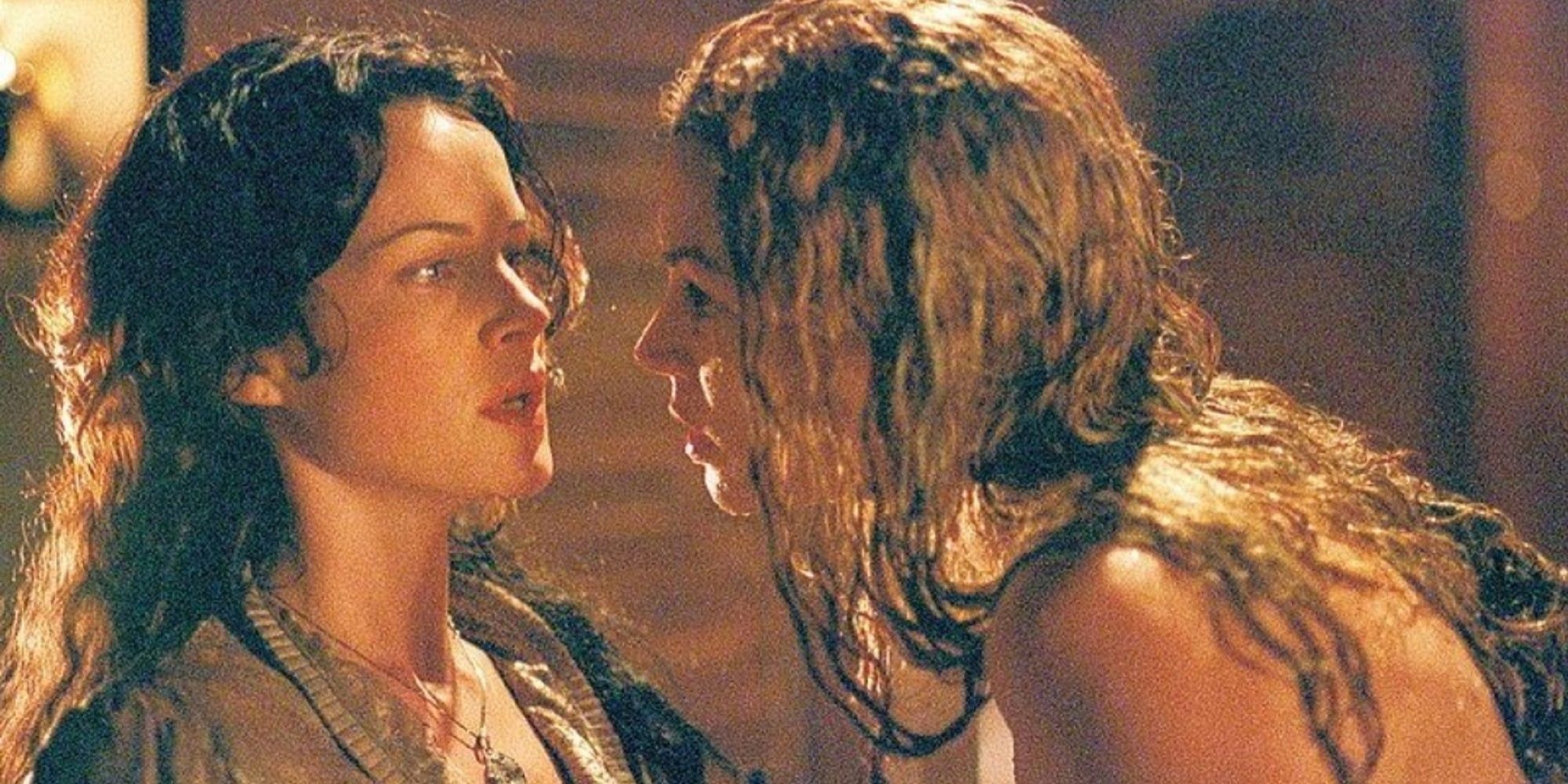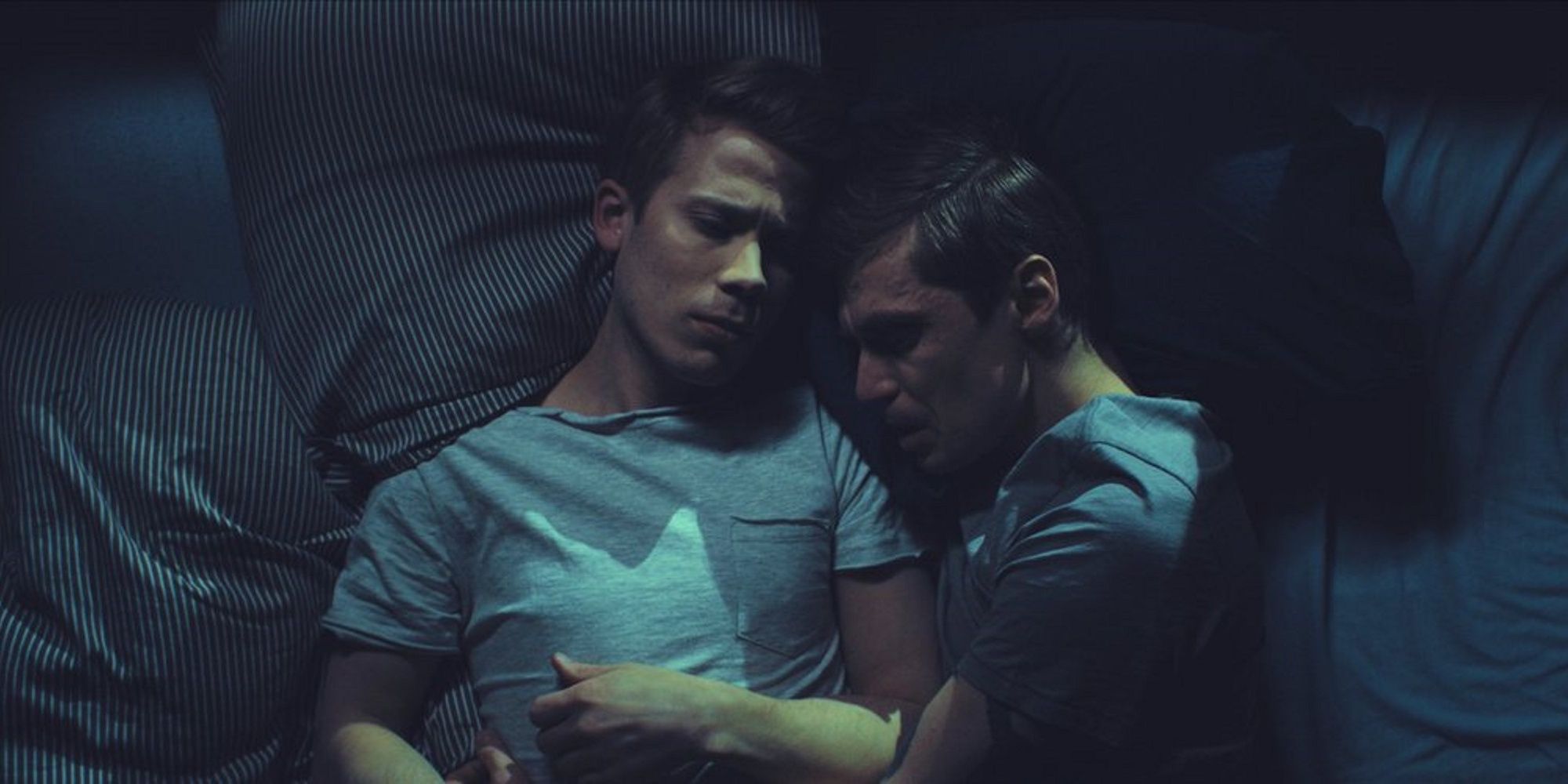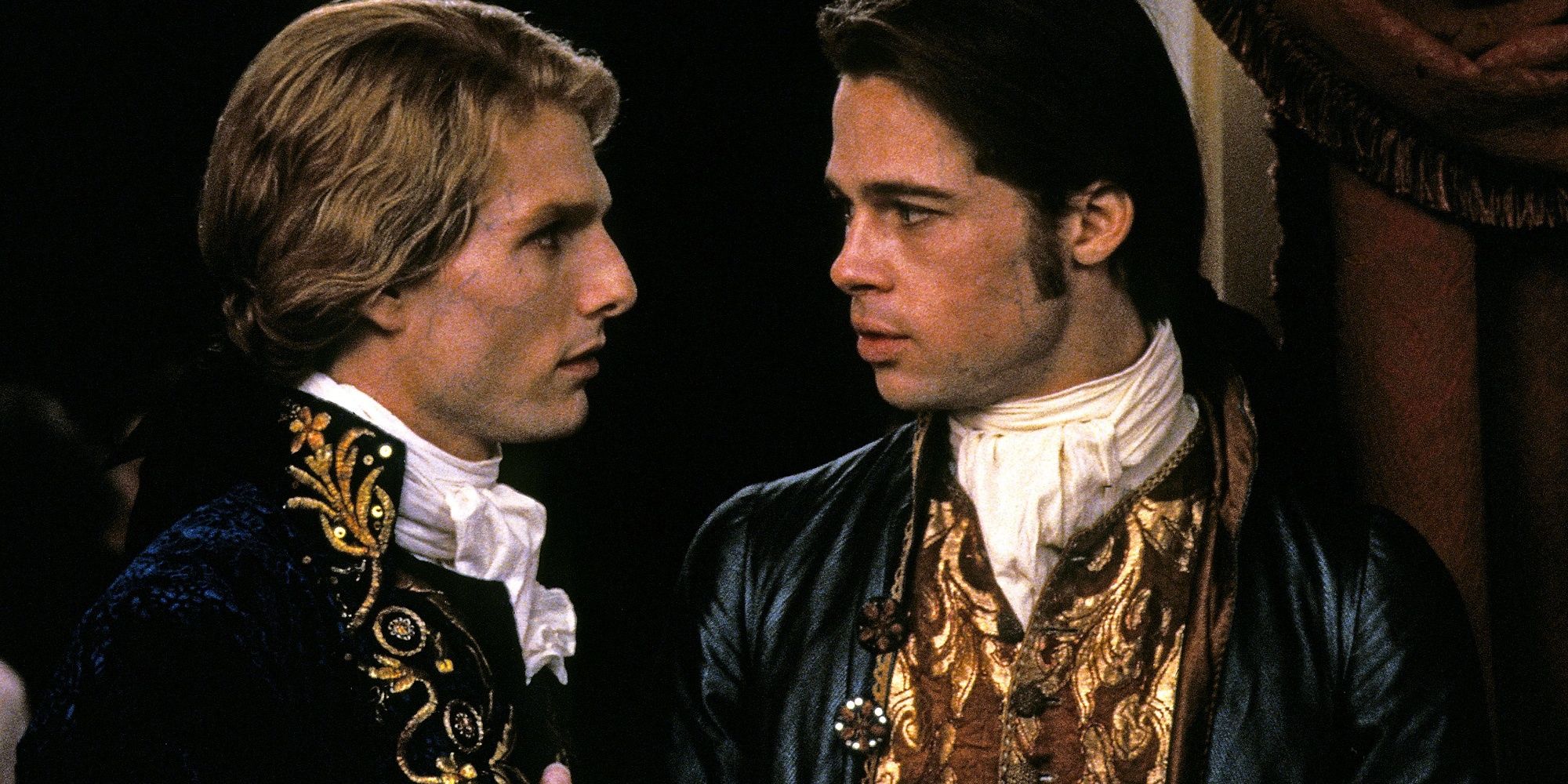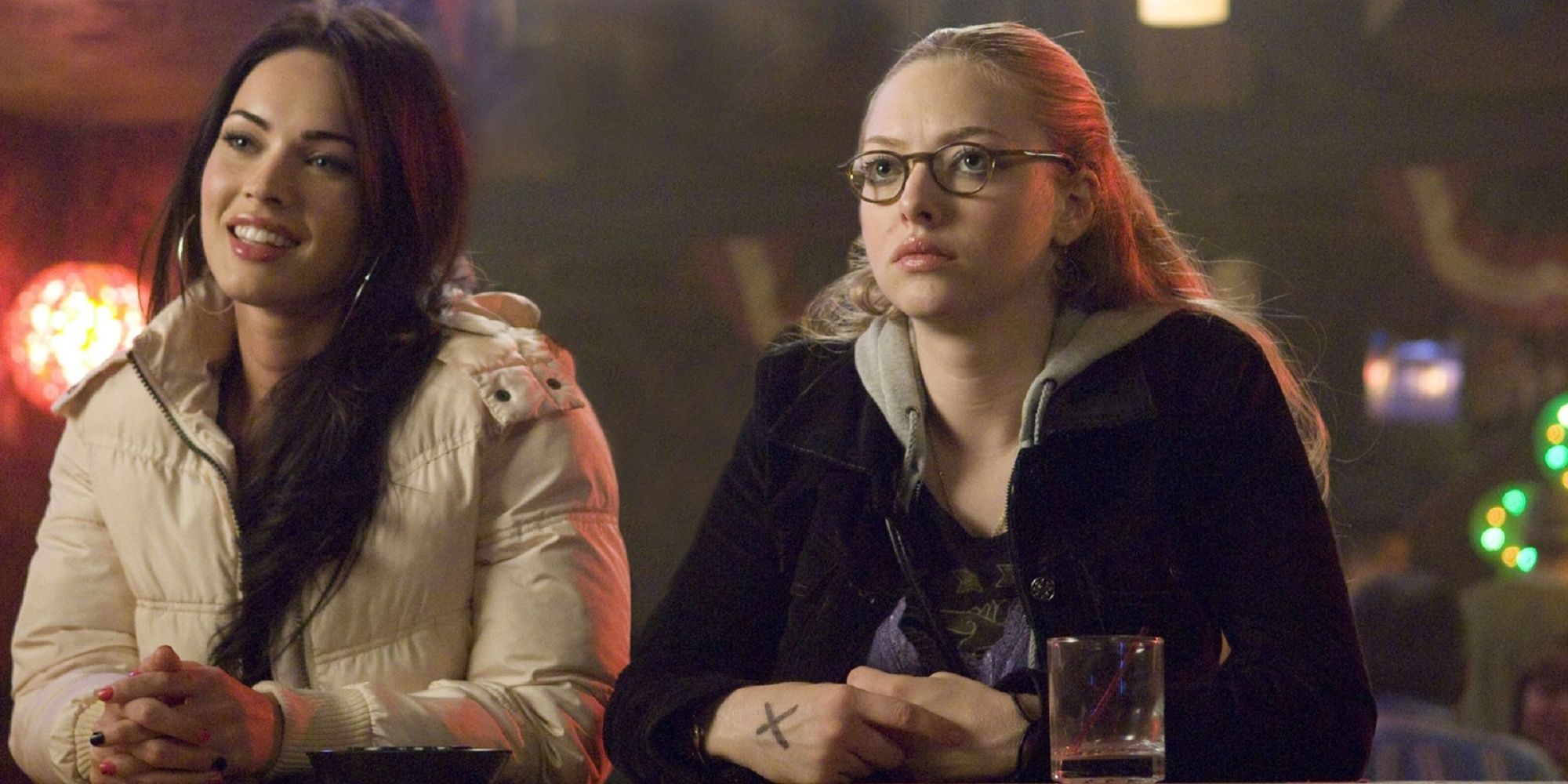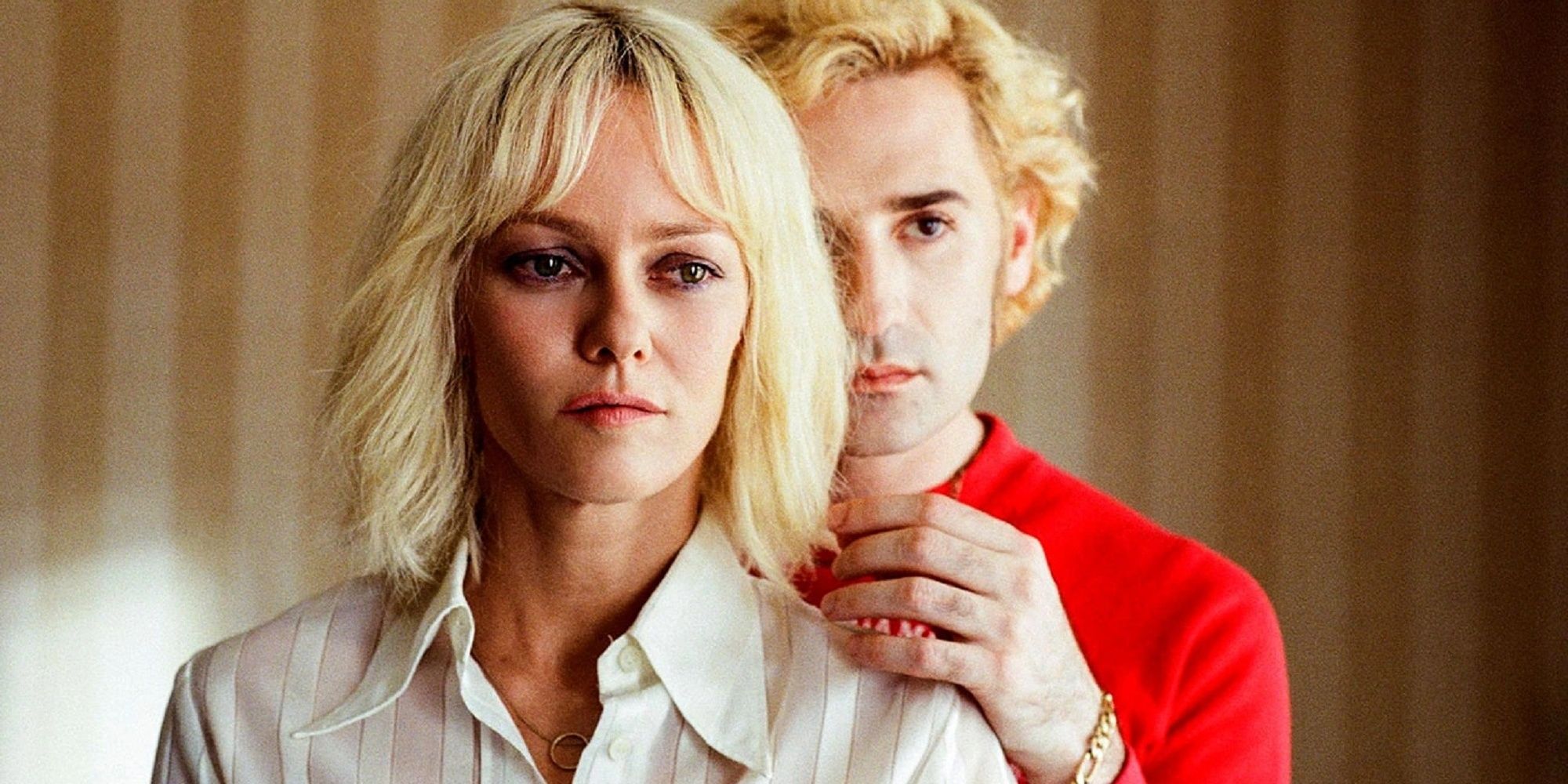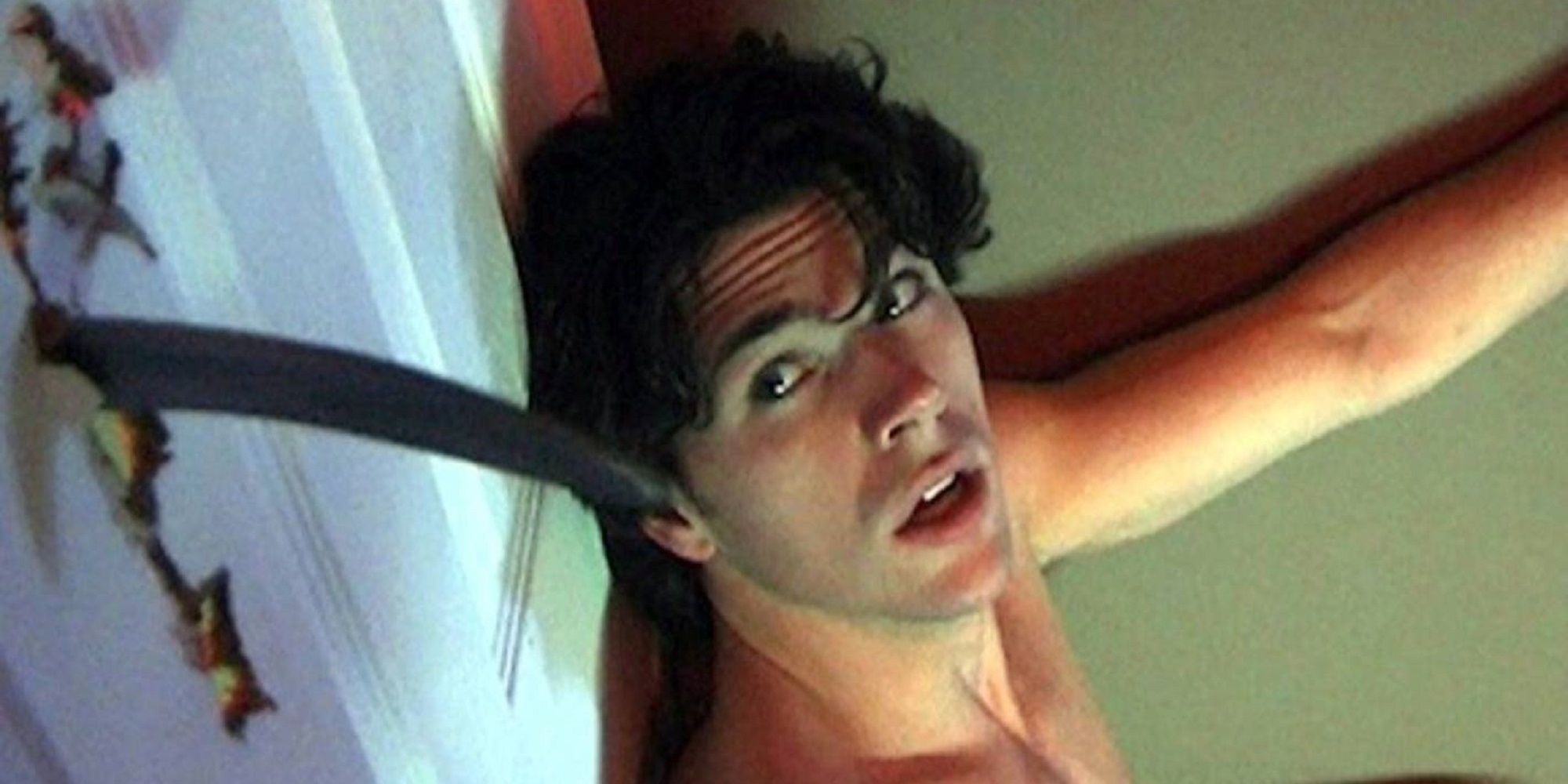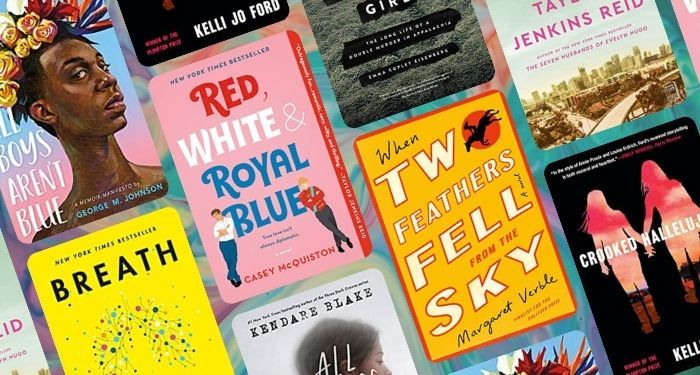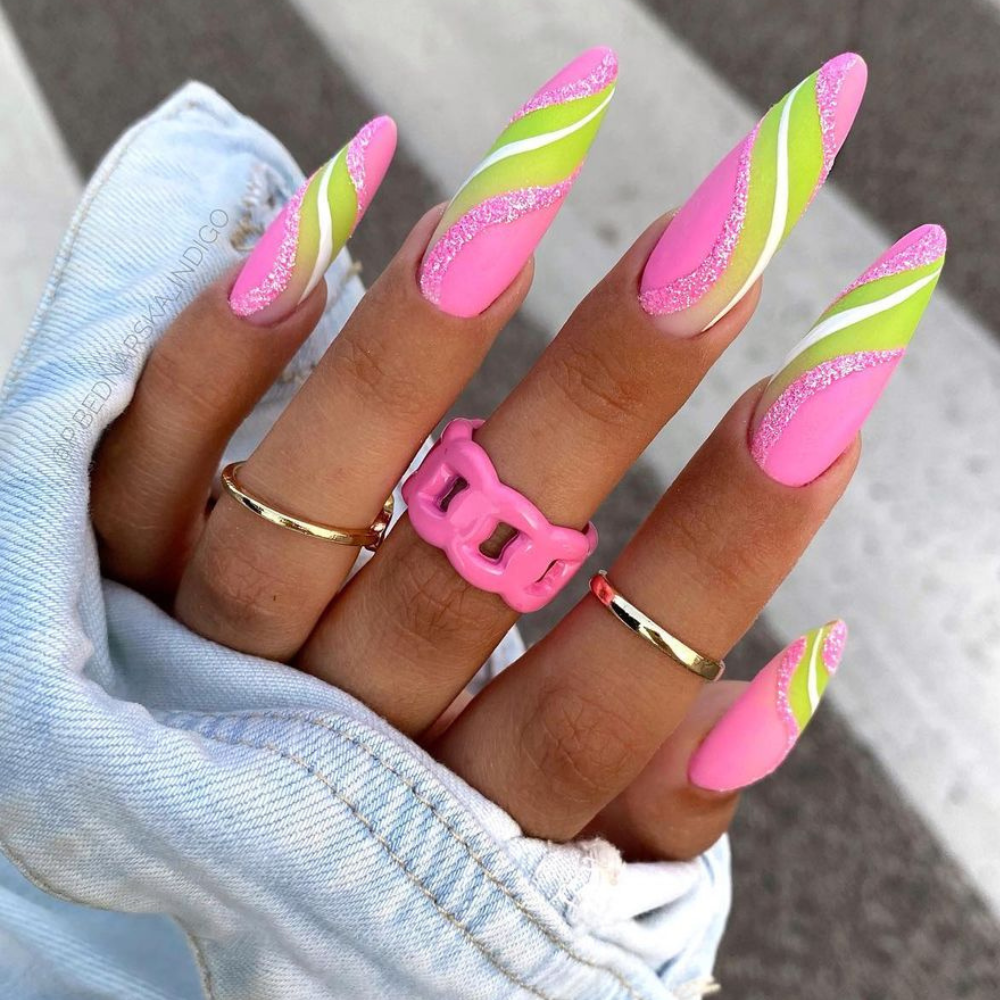The LGBTQ+ community has long been an important part of horror films. Despite the genre’s incessant need to queer-code villains and cater to the male gaze with sexual titillation, independent horror has made it easier to lend queer voices a place in a studio-heavy world. Horror masters like Clive Barker, Don Mancini, and Stewart Thorndike, have facilitated LGBTQ+ voices for years in an environment where most queerness emerges as subtextual instead of normal.
It is incredibly refreshing to see actual queer stories shining a light on their relationships, emotions, and struggles, just like any other characters in horror movies. The genre needs to continue to provide a space for diverse voices to bring their vivid style and tales to life.
Raw (2016)
Raw is the French art-horror film that is so grotesquely intense that it made audiences at TIFF vomit and faint. The extreme horror film mixes cannibalism and queerness and follows vegetarian, Justine, as she experiences horrendous consequences after satiating her desire for raw meat during her first week at veterinary school.
Julia Ducournau’s debut feature is hypnotic and unforgettable, bursting with female empowerment and a gay character who plays a major role in the film. Justine’s roommate becomes the object of her cannibalistic desire as they both try to come to terms with their shadowy sexuality. Haunting, gross, and fascinating, Raw is one of the most critically acclaimed and outwardly queer horror movies in recent years.
She Creature (2001)
She Creature made its debut as a made-for-television movie for Cinemax in 2001. The horror genre severely lacks mermaid monsters, but this unconventional movie filled that space with beautiful Gothic sets and a lesbian psychological-horror romance.
Carla Gugino plays Lily, the wife of a carnival worker who works as a mermaid sideshow performer. One day, she and her husband meet an old sailor who owns a real mermaid. They steal her and board a ship to America, where they soon realize that the mermaid is not as docile as she seems. Men start to go missing on the ship, and Lily begins to fall in love with the mermaid, who possesses her and grants her fertility. The movie ends with Lily raising her daughter, whose eyes are that of the mermaid’s.
Rift (2017)
The gay Icelandic horror movie, Rift, generated buzz upon its release for its depiction of an emotional LGBTQ+ movie in the horror genre. The film follows two men secluded in a cabin, whose broken relationship is haunted by a supernatural entity that is awakened by their grief.
It was praised for its gay protagonists, which are not often seen in genre films, and how the film centers entirely on the two ex-lovers’ relationship, instead of masked serial killers or terrifying monsters. It is not a horror film that is filled with jump scares or frights, but it chills to the bone with its depiction of the ghostly, melancholic deterioration of a relationship.
Interview With The Vampire (1994)
Many horror movies are based on classic works of Gothic fiction, but none do it as well as Interview With The Vampire and its covert queerness. While the 90s were still stuck in subtext and blurring the lines of sexuality, Interview With The Vampire did a good job of portraying men who clearly loved each other.
Throughout the film, Tom Cruise’s Lestat and Brad Pitt’s Louis, become an intriguing sort of couple and even raise a young vampire as their own daughter. Many scenes include homoerotic subtext, with a lot of bloodsucking and vampiric lust. In fact, it’s almost more difficult to think of this movie as anything other than queer.
Lyle (2014)
Stewart Thorndike’s Lyle is the antithesis of Hollywood studio-made horror. The movie’s two main characters, Leah and June, are lesbians and the movie doesn’t revolve around explaining their queerness or either of them awakening to their sexuality.
Thorndike herself is a queer writer and director and shows off the characters’ stories and dialogue perfectly. The two protagonists face everyday-life struggles such as hauntings, ghosts, and a toddler’s death, and the movie beautifully makes it normal, as it should be. Besides a wonderfully told story, every single shot in the movie is stunning and ensures that Thorndike is a director to keep an eye on.
The Hunger (1983)
The Hunger stars Catherine Deneuve and David Bowie, one of the most well-known gender-fluid men of the 70s and 80s, as vampire lovers, John and Miriam. When John suddenly dies, Miriam seeks out a new companion in the way of a woman named Sarah, who falls under Miriam’s vampiric spell quite easily.
The Hunger is home to all the 80s-era excess with gothic clubs, over-the-top makeup, shoulder pads, and some of the best erotically charged lesbian scenes in cinema. Susan Sarandon and Deneuve make for incredible lustful chemistry as they deal with the conflicts of vampirism.
Jennifer’s Body (2009)
After decades of queer subtext in horror, Jennifer’s Body was louder and prouder than anything mainstream audiences had seen in years. It was panned by most critics upon its release, but the movie has become one of horror’s cult classics. Younger generations have embraced the brilliant and sadistic nature of Jennifer and Needy’s parasitic relationship.
The film opens with the line, “Hell is a teenage girl,” and goes on to represent the addictive quality of teen relationships and blurs the lines between friendship and romantic love. The film’s writer, Diablo Cody, has said that she always thought that Needy was in love with Jennifer, and this shows in how the two characters interact with each other both salaciously and tenderly. Jennifer’s Body certainly paved the way for many young, queer people’s awakenings.
Knife + Heart (2018)
Knife + Heart is the flamboyantly queer love letter to blood-soaked Giallo films of the 70s and 80s. Taking place at the end of the 70s, it follows Anne, a gay porn producer, and her trusted sidekick, Archibald, as Anne tries to win back her lesbian lover by shooting an ambitious new film. One of her actors gets murdered though, throwing Anne into a strange investigation.
The film is well-known for its homage to Italian Giallo movies with its harsh red lighting and nightclubs buzzing with a thumping score. Director, Yann Gonzalez, went out of his way to shine a light on the AIDS epidemic as well, filming a specific point of time in history where his free-spirited characters relished in their sexual freedom right as it was starting to happen.
Bit (2019)
Led by the transgender actress, Nicole Maines, Bit is every part of horror history with its queer vampires and feminist themes of ridding the streets of predatory men. Laurel, a trans teen, uses her summer vacation in Los Angeles to be bitten by a vampire and join a group of them, ultimately changing her life forever.
This coming-of-age story rewrites the rules of supernatural beings and explores what it means to be female, vampire, and “other” in a patriarchal society. There is no over-sexualization of characters, and the film flips a woman’s fear of walking alone at night onto itself, with characters finding power and control in their “otherness.”
Hellbent (2004)
Hellbent is best known as the “first gay slasher film,” and for good reason. The film said “to hell” with subtext and put the lives (and deaths) of gay men at the forefront. It takes place in West Hollywood where a group of gay friends is celebrating Halloween. They soon become followed by a masked killer who starts killing them one at a time at a club.
The movie takes every horror stereotype and turns it into a gay 80s slasher-inspired dreamscape. With a killer soundtrack and candy-colored visuals, the movie makes sure not to include any of the boring stereotypes that so often plague gay men in horror. While it may not be the best horror movie ever made, it deserves a place in queer horror history.
Read Next
























































![Key Metrics for Social Media Marketing [Infographic] Key Metrics for Social Media Marketing [Infographic]](https://www.socialmediatoday.com/imgproxy/nP1lliSbrTbUmhFV6RdAz9qJZFvsstq3IG6orLUMMls/g:ce/rs:fit:770:435/bG9jYWw6Ly8vZGl2ZWltYWdlL3NvY2lhbF9tZWRpYV9yb2lfaW5vZ3JhcGhpYzIucG5n.webp)


